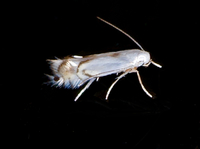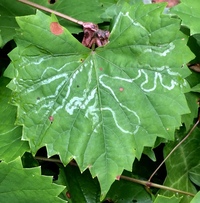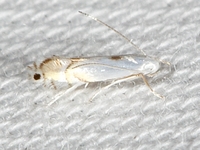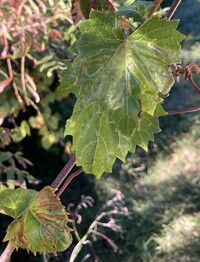
| Recorded by: Dean Furbish on 2025-10-23
Pender Co.
Comment: | 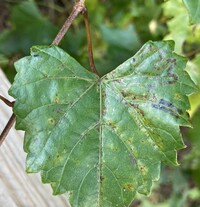
| Recorded by: Dean Furbish on 2025-10-22
Pender Co.
Comment: |

| Recorded by: Dean Furbish on 2025-10-20
Pender Co.
Comment: | 
| Recorded by: Dean Furbish on 2025-10-20
Pender Co.
Comment: |
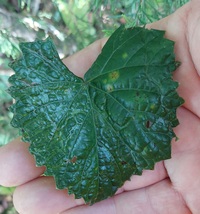
| Recorded by: Mark Basinger on 2025-10-03
Anson Co.
Comment: | 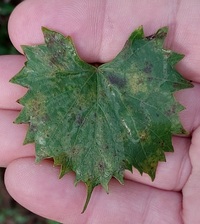
| Recorded by: Mark Basinger on 2025-10-03
Robeson Co.
Comment: |
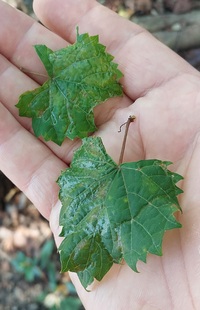
| Recorded by: Mark Basinger on 2025-10-01
Hoke Co.
Comment: | 
| Recorded by: Mark Basinger on 2025-10-01
Hoke Co.
Comment: |
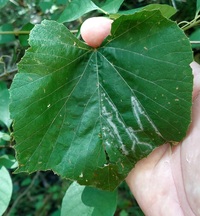
| Recorded by: Mark Basinger on 2025-08-14
Ashe Co.
Comment: | 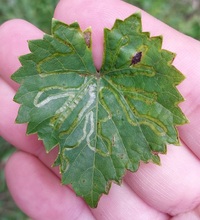
| Recorded by: Mark Basinger on 2025-08-09
Wilkes Co.
Comment: |

| Recorded by: Mark Basinger on 2025-07-24
New Hanover Co.
Comment: | 
| Recorded by: Mark Basinger on 2025-07-23
Columbus Co.
Comment: |

| Recorded by: Mark Basinger on 2025-07-12
Davidson Co.
Comment: | 
| Recorded by: Mark Basinger and Donald Zepp on 2025-06-11
Edgecombe Co.
Comment: |

| Recorded by: Tracy Feldman, David George on 2025-05-09
Cumberland Co.
Comment: | 
| Recorded by: David George on 2024-10-29
Onslow Co.
Comment: |

| Recorded by: Mark Basinger on 2024-09-20
Buncombe Co.
Comment: | 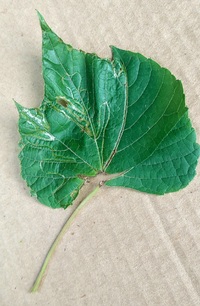
| Recorded by: Mark Basinger and Donald Zepp on 2024-08-23
Edgecombe Co.
Comment: |
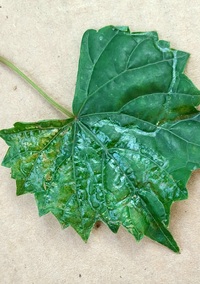
| Recorded by: Mark Basinger on 2024-08-23
Nash Co.
Comment: | 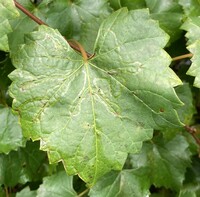
| Recorded by: Dean Furbish, Lior S. Carlson on 2024-08-12
Pamlico Co.
Comment: |

| Recorded by: Mark Basinger on 2024-08-09
Mitchell Co.
Comment: | 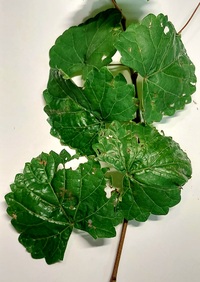
| Recorded by: Mark Basinger on 2024-07-18
Wilson Co.
Comment: |

| Recorded by: Mark Basinger on 2024-07-02
Carteret Co.
Comment: | 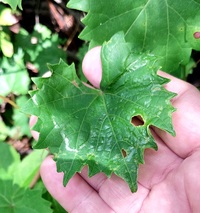
| Recorded by: Mark Basinger on 2024-07-02
Craven Co.
Comment: |
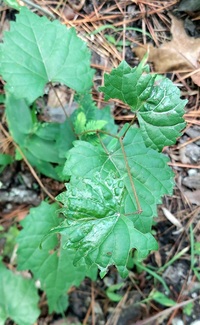
| Recorded by: Mark Basinger on 2024-07-02
Jones Co.
Comment: | 
| Recorded by: Mark Basinger on 2024-07-02
Lenoir Co.
Comment: |
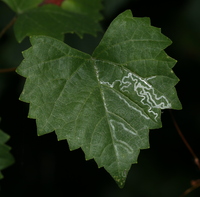
| Recorded by: David George, Jeff Niznik, Stephen Dunn on 2024-06-29
Chatham Co.
Comment: | 
| Recorded by: Mark Basinger on 2024-06-23
Alamance Co.
Comment: Vitis vulpina was host plant; mines unoccupied. |

| Recorded by: Mark Basinger on 2024-06-23
Burke Co.
Comment: | 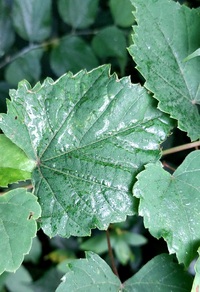
| Recorded by: Mark Basinger on 2024-06-23
Guilford Co.
Comment: |
|

 »
»
